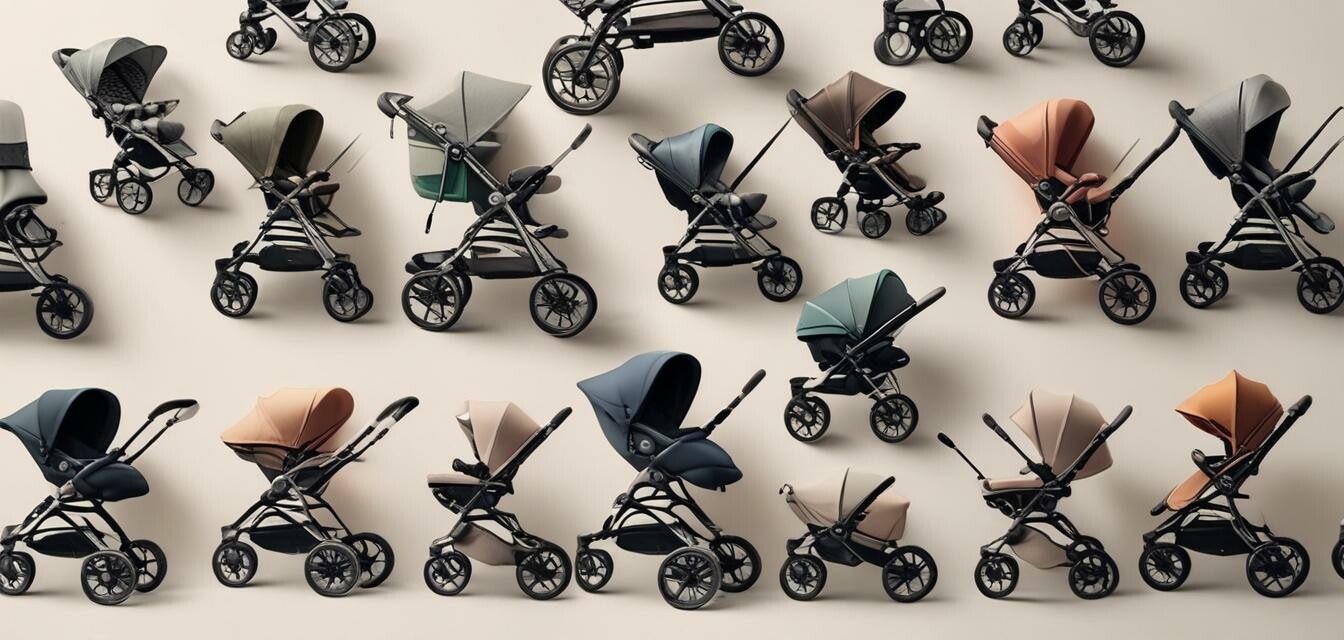
Preparing for a stroller transition: When to move up
Key Takeaways
- Understanding when to transition strollers is crucial for safety and comfort.
- Evaluate your child's growth and developmental milestones.
- Consider the type of activities you'll be engaging in with your child.
- Compare different stroller types before making a transition.
- Safety and ease of use should always be prioritized.
As a parent, transitioning your little one from one stroller type to another can feel overwhelming. However, understanding the signs that it's time to make the switch and being informed on the best practices can simplify this necessary step in your parenting journey. In this article, we will guide you through when and how to transition your child to help ensure a smooth shift in usage.
Why Transition Strollers?
The need to transition between stroller types is primarily based on:
- Your child's age and weight.
- The stroller's functionality for different activities.
- The level of comfort and safety required as your baby grows.
When to Make the Change
Determining the right time to transition depends on several factors:
| Age/Weight Range | Stroller Type | Ideal Transition Period |
|---|---|---|
| 0-6 Months | Infant Car Seat Stroller | Transition to a Convertible Stroller |
| 6 Months - 2 Years | Convertible Stroller | Transition to a Lightweight Stroller or Travel System |
| 2-4 Years | Lightweight Stroller | Transition to a Jogging Stroller or Umbrella Stroller |
Developmental Signs to Watch For
In addition to age, consider these signs that indicate your child may be ready for a transition:
- Your child can sit up unassisted.
- Your child reaches or exceeds the weight limit of the current stroller.
- Your child exhibits curiosity and wants to explore more during outings.
Choosing the Right Stroller Type
Each stroller type serves a specific purpose. Here’s a brief overview:
| Stroller Type | Best For | Key Features |
|---|---|---|
| Convertible Strollers | Long-term use from infancy to toddlerhood | Flexible seating positions, adaptable to growth |
| Jogging Strollers | Active parents who run or jog | Durable wheels, better suspension |
| Lightweight Strollers | Convenience and ease of travel | Foldable, easy to carry, lightweight |
| Travel Systems | Seamless transport from car to stroller | Includes car seat; easy docking |
| Umbrella Strollers | Quick trips and ease of storage | Compact, affordable, easy fold |
Tips for a Smooth Transition
Here are some helpful tips:
- Take your time to explore different stroller models.
- Practice using the new stroller before heading out.
- Involve your child in the process by letting them help pick out a stroller.
- Be mindful of the weight limit and store any excess gear securely.
- Ensure that your child’s comfort is your top priority.
Conclusion
Transitioning strollers can be a time of growth and excitement for your little one. By knowing when to make the change, considering your child’s needs, and making an informed choice, you can facilitate a seamless transition. Remember to prioritize safety and comfort as you explore the wonderful world of baby strollers. For more insights, check out our Parenting Tips section for guidance on all things stroller-related.
Pros
- Encourages independence as children grow.
- Provides a comfortable riding experience tailored to age.
- Supports active lifestyles with appropriate stroller types.
- Enhances outings and travel experiences.
Cons
- New strollers may require a learning curve.
- Cost of purchasing multiple stroller types can add up.
- Transitioning can disrupt routine for some children.